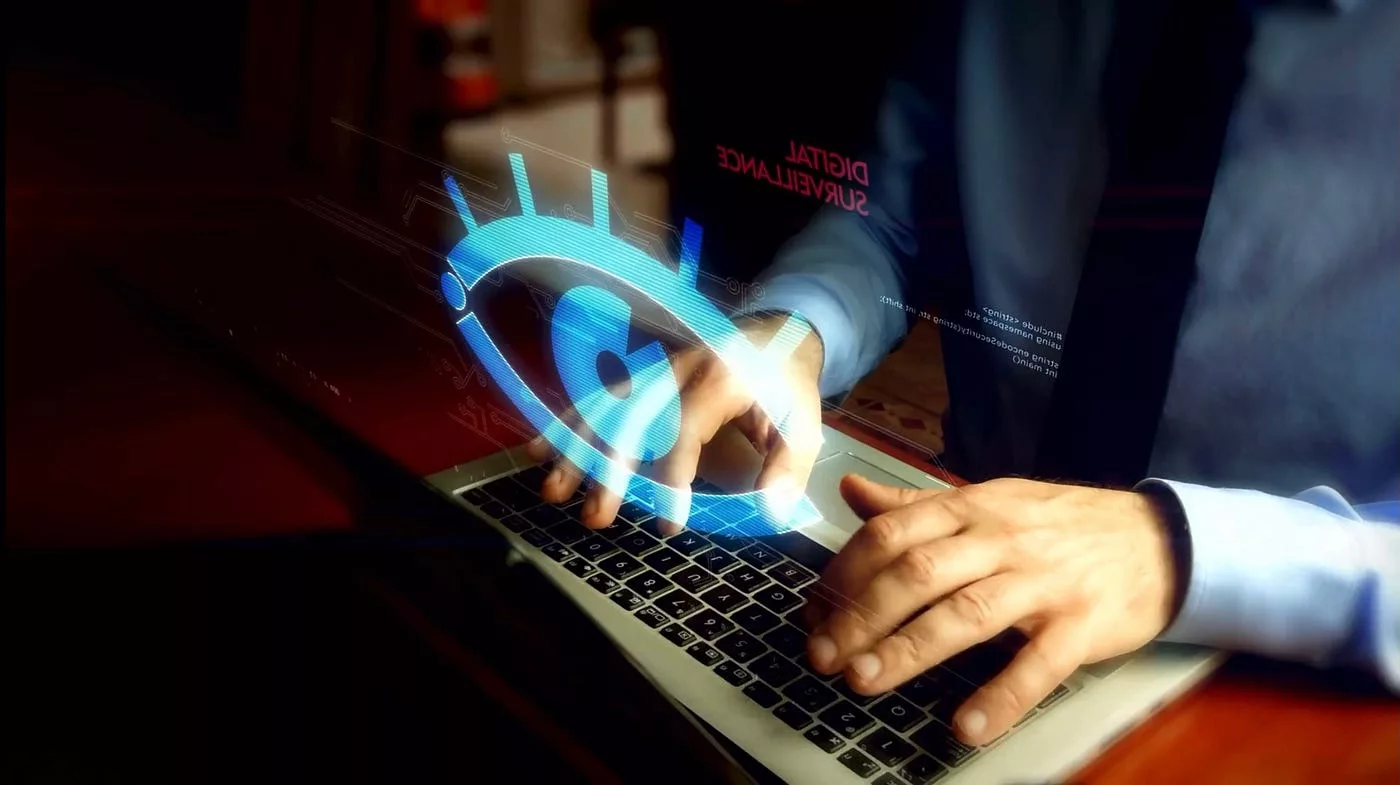Did you know that as an employer, you have the legal right to keep an eye on emails you send and receive on your company’s system? This includes both work-related and personal emails. Under U.S. law, emails you send or receive on a company’s system are owned by you.
However, misusing or disclosing such data may lead to severe repercussions. While most employers are not HIPAA-covered entities, other laws may apply. For instance, ADA and GINA require businesses to separate medical information from an employee’s personal file.
So, let’s find out how you can use your employee’s data responsibly and protect it as per laws.
6 Strategies to Ensure Employee Data Protection in the US
Here are six informative strategies to use your employee data in the US responsibly:
Implement and Enforce Strong Cybersecurity Policies and Procedures
Every state in the U.S. and Washington DC, Guam, Puerto Rico, and the Virgin Islands has laws that require companies to inform individuals of any security breaches involving personal data. Therefore, know what and whose data are collected, and where you are storing it. Have policies that include a data protection plan and implement specific security measures.
This includes having a written cybersecurity policy that covers all aspects of data access, storage, and disposal. Moreover, you should train employees on the best practices for cybersecurity, such as how to spot phishing emails, create strong passwords and avoid common security pitfalls.
Limit Access Based on Requirement Only
Only people who need to get their hands on sensitive information (like HR staff) should have access to it. Make sure you set up security protocols like multifactor authentication and check your security measures regularly.
You can also use encryption to convert data into a format that cannot be read without the proper decryption key. This stops cybercriminals from accessing employee data, even if they are able to breach a company’s systems. Furthermore, review who is having access to confidential data periodically and determine whether all access is allowed and necessary.
Implement a Data Loss Prevention (DLP) Solution
A DLP solution can help to prevent employee data from being accidentally or deliberately leaked. It works by monitoring employee activity and blocking any attempts to transfer data outside of the company’s network without authorization.
DLP solutions can be deployed on endpoints, networks, and cloud applications to monitor and control the flow of data. Also, educate your employees about the DLP solution. Employees need to understand why the DLP solution is in place and how to use it properly.
Regularly Back Up Employee Data
Regular data backups can help to protect employee data from loss or corruption in the event of a disaster, such as a cyber-attack or natural disaster. Backups should be stored in a secure location that is separate from the company’s primary network.
It is also essential to test these backups on a regular basis and ensure that they are functioning properly. If a backup becomes corrupted, the data recovery specialist can assist in recovering the important data.
Conduct Regular Security Awareness Training for Employees
Employees can be the weakest link in a cybersecurity chain, so you must provide them with regular security awareness training. This training can cover topics such as social engineering attacks, phishing scams, and password security.
Furthermore, train your senior management to foster a security-focused culture that places employee data protection at the center of all operations and processes.
Final Words
In essence, the responsibility of employee data protection lies at the intersection of employer and employee interests. While employers have the legal right to monitor and safeguard this data, they must do so within the boundaries of relevant laws and regulations. So, by adopting the necessary protection strategies, as discussed, your company can foster trust and a better working environment for employees. So, if you are looking for reliable services related to compliance, payroll, and HR with all of these practices ensured, contact us.
Also, do not forget to check out our other blogs.
Reference Links
https://www.worktime.com/most-asked-questions-on-us-employee-monitoring-laws#C7
https://www.techtarget.com/whatis/definition/employee-privacy-policy
https://www.rippling.com/blog/employee-data-protection
https://www.uschamber.com/co/run/human-resources/how-to-protect-employee-privacy
https://www.upwork.com/resources/employee-data-protection#back-up-data
Contact Us
Find out if a PEO is the right solution for your business.
Fill out the form below and we will contact you to schedule a chat.





